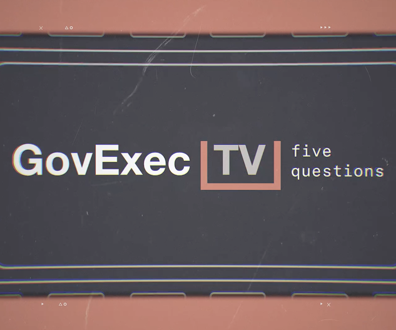If you're like me, when you plan your summer vacation, you’ll make a list of what you need to do and bring, so you don’t forget anything important. You should treat your retirement the same way.
Here’s a midcareer checklist to refer to as you evaluate your retirement goals.
Review Your Personnel Records
The most important factor in determining your retirement eligibility and computing your benefit is your length of creditable service. If there is an error in your records, you may not be able to retire when you had planned and you may not be entitled to the benefit you had expected. Your service computation date is the date that reflects your continuous federal service. Remember that your service computation date for leave purposes may be different from your retirement service computation date. The latter is not determined until you request a retirement estimate -- and then again when your agency prepares your records for retirement processing. By this time, if there are missing records, it’s too late.
Your federal career must be properly documented with records that show the beginning and ending dates of all periods of civilian and military service. Your current agency should maintain the records of your entire federal career, but you should keep copies of your SF 50’s (Notification of Personnel Action statements) in your own folder. You should be able to access your electronic personnel folder through your agency’s human resources homepage or by contacting your local personnel office. In a few cases, your official personnel folder is still filed at your agency in a metal filing cabinet.
If you do not find a complete history of your civilian and/or military career, make an appointment to meet with a human resources specialist at your agency to make a plan to recover missing records. Take note of the following items that can affect your eligibility and the computation of your benefit:
- Beginning and ending dates of each separate period of service
- Type of retirement coverage
- Type of appointment: temporary, intermittent, part time, career, or career conditional
Check on Deposits, Redeposits and Military Service Deposits
One thing you don’t want is a surprise bill when you retire. This can happen if you aren’t aware that you owe money to the Civil Service Retirement and Disability Fund for your service.
Service credit deposits are payments that must be made to cover a period of civilian federal service that wasn’t covered by Civil Service Retirement System or Federal Employees Retirement system contributions, or a period of active duty military service. Redeposits refer to cases involving breaks in federal service in which an employee has taken a refund of retirement contributions.
You can request estimates of unpaid deposits from your agency and learn more about their effect on your retirement. If you find you have service that is subject to a deposit, consider if it is financially in your best interest to pay the deposit.
Determine How Big Your Retirement Benefit Will Be
If you are within five years of retirement, you can request a retirement benefit estimate from your human resources office. It will be based on a thorough review of your official personnel folder.
Here’s more information on benefit computations under CSRS and FERS. If you want to take a crack at estimating your own benefit, try FedCalc.
Review Your Beneficiary Designations
If you marry or divorce, if there is a death in your family, or if a child is born, you may need to update your beneficiary designations. Here are two columns I wrote on the subject:
- Beneficiary Beware (May 24, 2013)
- Who’s Your Beneficiary? (May 12, 2006)
Check Your TSP
Do not underestimate the need to prepare for your retirement by saving. Here are some guides to help you manage your Thrift Savings Plan funds:
EvaIuate Your Health Insurance Needs
Review your current insurance coverage and compare the government benefits to insurance available in the open market. What you needed 10 years ago may be different from what you will need in retirement.
If you are not covered by the Federal Employees Health Benefits Program, determine if you will need such coverage in retirement. You must have five years of coverage immediately prior to leaving government to carry FEHBP into retirement.
Consider the What-if Situations
Especially involving the three D’s:
Study Up on Social Security
Review your statement of benefits. If you notice errors in your earnings history, then report them to Social Security.







